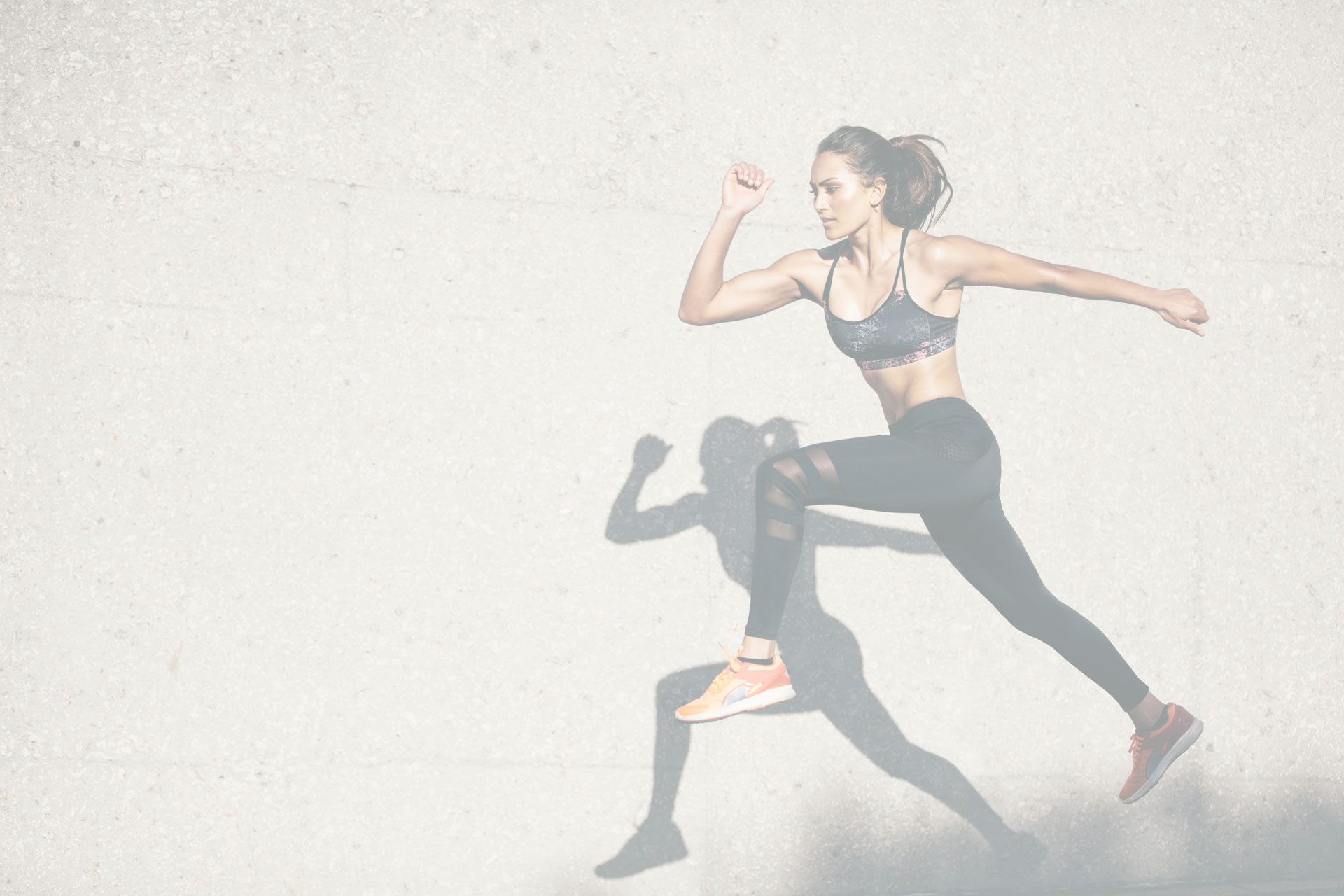
NOW AVAILABLE AT OUR HISTORIC THIRD WARD CLINIC
DEXA SCAN
The industry gold standard for body composition and bone density
At H2O, we offer two types of DEXA Scans: the Whole Body Composition Scan and the Bone Mineral Density (BMD) Scan. These scans provide valuable insights into your body's composition and bone health, respectively.
Whole Body Composition Scan
The Whole Body Composition Scan is a comprehensive analysis that evaluates your body's distribution of lean mass (muscle), fat mass, and bone mineral content. This scan is particularly beneficial for individuals seeking to monitor their body composition changes, whether it's for weight management, muscle gain, or overall health and fitness goals. By identifying areas with excess fat or insufficient muscle, the Whole Body Composition Scan can help you make informed decisions about your diet and exercise regimen.
Bone Mineral Density (BMD) Scan
On the other hand, the Bone Mineral Density (BMD) Scan is a diagnostic tool used to assess your risk of developing osteoporosis or other bone-related conditions. This scan measures the amount of calcium and other minerals present in your bones, specifically focusing on the hip, spine, and, in some cases, the forearm. By detecting low bone density (osteopenia) or significant bone loss (osteoporosis), the BMD Scan can help with treatment and prevention strategies to maintain strong, healthy bones.
The Whole Body Composition Scan provides valuable information about your body's composition and helps evaluate bone health. The BMD Scan focuses solely on bone density, but does not provide insights into your overall body composition.
PRICING
$119 for H2O Platinum Members!
Package options available.

VISCERAL FAT
The invisible health risk
Abdominal, or visceral, fat is important to understand because it is a key player in a variety of health problems — much more so than subcutaneous fat, the kind we can see and grasp with our hands. Visceral fat, on the other hand, lies deep within the abdominal cavity, where it pads the spaces between our abdominal organs.
Visceral fat has been linked to metabolic disturbances and increased risk for cardiovascular disease and type 2 diabetes. In women, it is also associated with breast cancer and increased need for gallbladder surgery.
Measuring Visceral Fat
There are several methods for quantifying visceral adipose tissue, or VAT, including: waist-to-hip measurement, bioelectrical impedance, dual-energy absorptiometry (DEXA), CT, MRI, and ultrasound.
The most highly regarded of these methods are DEXA and CT scans, so why is DEXA our preferred method? The DEXA body composition scan offers several advantages compared to CT including reduced radiation dose, decreased scanning time, and lower cost. Importantly, obtaining VAT measurements with DEXA is easily performed in conjunction with evaluation of bone mineral density and whole body composition. Curious to see what your VAT measurements are? Schedule your appointment at our Third Ward clinic today.

HOW CAN DEXA HELP YOU?
THE PATH TO A
BETTER LIFE.
Optimize your health with DEXA Scan.
With your DEXA Scan results, you can make more informed decisions about your health and wellness. DEXA Scans are great for providing a general health assessment. They are also helpful for anyone looking to optimize their workout plan with precise measurement and tracking, such as dieters, athletes and fitness enthusiasts, or bodybuilders.
HOW IT WORKS
Watch the video below to learn more about the benefits of a DEXA Scan.
